
Today, you are in luck because this is the Ultimate Home Diagnosis Guide for Metatarsalgia—your ball of the foot pain is about to disappear! We're going to take great care of your pain. Look at what you've got down there: Morton's neuromas, plantar plates, ligaments, tendons, and a complex network of muscles.
You have a lot of complex structures going on in the ball of your foot. Metatarsalgia develops slowly, and it usually occurs in people who are highly active and on their feet all day long. This includes school staff, factory labor workers, or anyone walking around and putting a ton of pressure on their feet.
If you visualize your foot hitting the ground, you are putting a ton of pressure on the front of your foot.
What usually happens is this:
You have a tighter Achilles tendon (or calf muscles).
Your foot can't bend up as much.
The front of your foot is jamming more as you put weight on it.
To illustrate, a 120-pound programmer probably won't have metatarsalgia, whereas a 300-pound man working on the factory line, standing 12 hours a day, has a very high chance of developing it.
Realistically, the most common patient to get this is someone in their 30s, 40s, or 50s, as they start getting more stiff through their hamstrings and calf muscles, are walking more, and have gained five to ten pounds. Just those little incremental increases start to put more pressure on the front of your foot. The big toe joint, the metatarsals, the nerves, and the tendons—they just get beaten up and bruised.
What is Metatarsalgia?
What does this word even mean? Metatarsalgia basically means pain in the ball of your foot, and it's a condition that almost anybody can experience.
If you consider the foot model, looking at it from this perspective, the area right here—the ball of the foot—is where metatarsalgia pain is located. So, as I am walking and my foot is hitting the ground here, that sensation is metatarsalgia. However, as you can see, there is a lot of complex stuff within the foot that could be damaged, especially on the bottom. There are many tissues and structures underneath that could be the source of the injury. Ultimately, metatarsalgia is the umbrella term for pain in the ball of the foot.

Symptoms of Metatarsalgia
How do you know that this is what you really have? The symptoms of metatarsalgia can vary.
You might wake up in the morning and the front of your foot could hurt.
You might experience some sharp, shooting, zapping pain coming out of the bottom of your arch.
Some people experience that pain in the morning, but for others, the pain starts to get worse as they go throughout the day.
As long as the discomfort is in the front, in the area of the ball of your foot, these are the general symptoms of metatarsalgia.
While there are more specific disorders that exist within the foot structure, they all fall under the broad umbrella of metatarsalgia.
Diagnosing Metatarsalgia: Uncovering the Specific Cause
How do you diagnose metatarsalgia? When you come to visit us at the office, or even for something you can start thinking about at home, we will start with an X-ray. This is because the underlying issues can be numerous:
Sometimes, we see people who have arthritis developing through the toes.
Sometimes, people have a stress fracture running through the bone.
Sometimes, a person has a crooked toe that is landing awkwardly and causing pain in the metatarsalgia region.
If the pain is in the ball of the foot, there are a million different things you could have. However, some of the most common specific disorders include:
1. Morton's Neuroma
This is a nerve at the bottom of your foot that gets pinched. If you look at the anatomy, you have nerves that come underneath the toe. If one of these nerves is getting pinched, that's the source of the pain you could be having. This is a common problem that we can take care of, and we even have resources on our website to address it.
2. Stress Fracture
A stress fracture is different from a traumatic fracture. This happens when you overdo it walking, especially for people who spend 12 to 16 hours on their feet. A stress fracture can cause you to gradually break that bone and have issues with it as time goes on. The pain associated with a stress fracture is that type of pain where weeks go by, and it gradually starts to get worse and worse and worse.
3. Capsulitis and Plantar Plate Injuries
This is another common issue where the bottom of your foot, right here in the joint, starts to get irritated. The ligaments that hold the toe together get swollen, thick, achy, and painful. That is what we call capsulitis.

How to Treat Metatarsalgia: Simple Solutions First
The fundamental principle behind metatarsalgia is that you're putting too much pain and pressure on the front of your foot. You want to be able to relax the weight distribution and let the foot come up.
The easiest, simplest thing we would start off with in the office—whatever the specific disorder might be (and you need to see your podiatrist to get the specifics)—is often an orthotic insert.
As the foot comes down onto the orthotic, it supports the arch better when you walk, and where it lands is often cushioned. The back of the insert comes up a little bit higher, so more stress is placed through the heel and arch area of the foot rather than up at the front.
If you have metatarsalgia, this is one of the key things you want to achieve: reducing pressure on the front of the foot.
Addressing the Root Cause: Tightness and Pressure
What generally happens to people with metatarsalgia is that they are too tight through the Achilles tendon (or calf muscles). If your Achilles tendon is tight, you have more pressure placed on the front of your foot.
Therefore, there are two main ways to address the criteria of metatarsalgia (excessive pressure on the forefoot):
Stretch the muscles in the back (the calves).
Use an orthotic to take pressure off the front of the foot.
You could even take some padding and put it across the orthotic insert, and this will take a ton of pressure off the front of the foot, which will make a huge difference. This simple treatment option works great for metatarsalgia, Morton’s neuromas, and capsulitis. It almost seems too easy, but making those small changes is guaranteed to get an improvement.
The Problem with Pain Medication
Sometimes people look for injections or surgeries, but 90% of the time, that's not what is needed initially.
I’m going to spend a very small amount of time on anti-inflammatories, icing, and creams. The reason I don't focus on this stuff is that, yes, they work, and there are a million things out there people will try to sell you. Use them if you are in 10-out-of-10, horrible, crippling pain, but it is not how you solve the problem.
If you rely on medication, you're always going to need more and more of these, and eventually, they can destroy your body. That's why America is really cracking down now on the pain medication epidemic. It's not a permanent solution. It's kind of like sinking in a lifeboat, and you just keep getting a better and bigger bucket, and you never think to plug the hole that's causing the pain.
You must plug that hole.
Home Remedies for Metatarsalgia: Plug the Hole First
Now we get to the fun part: stuff you can do at home.
1. Rest and Reduce Pressure
The easiest and most practical thing—and the thing you are unlikely to be doing—is resting your feet and taking pressure off them. You already know what I mean when I say take pressure off your feet. Everybody tries to do it; it's everybody's New Year's resolution, but it's an easy way out to avoid surgery if that is what you are considering.
Most people who come in with plantar fasciitis and metatarsalgia are people who spend 12 to 16 hours a day on their feet. These are nurses, factory workers, engineers—people walking on concrete all day. If you can find ways to be able to rest, to stand on softer floors, to sit down more throughout the day, or to change your job requirements, these are critical ways to avoid surgery.
2. Getting Great Fitting Shoes
Getting great-fitting shoes is another easy thing you can do, yet this is something that is very confusing to people. Footwear is an incredibly under-utilized treatment option for people with foot pain. They don't go to the easiest spot first.
Every day, I hear, "I don't want to change my shoes," but at the same time, people don't want foot pain. Eventually, you have to choose. If your pain gets bad enough and you are considering surgery or heavy medication, maybe getting a more comfortable shoe first is a great idea. Trust me on this one; it works so well. People think it's almost too simple, so they don't do it, but you have to do it. This solves 90% of the problems.
Here are the basics you want when choosing a shoe (I will not go into brand names):
Length: You want to be able to fit one fingertip between the tip of your big toe and the end of the shoe.
Heel Support (The Counter): You want to make sure the back of the heel does not collapse. There are a lot of flimsy, fake shoes out there masquerading as shoes that are no better than flip-flops. If I can take my hand and flop all these sides around, it's not a good shoe. You want to be able to push on it and not have it collapse.
Midfoot Rigidity: You should not be able to bend the middle of the shoe. If I can take a shoe and bend it into a "V" in the middle, it's not supportive for you.
Forefoot Flex: The shoe should be able to bend at the big toe. It's not good to be too rigid through the toes as well; you want to make sure they bend a little bit.
3. Orthotics and Calf Stretches
Lastly, as we already talked about, an orthotic will support the foot. The orthotic should support the arch and not allow it to collapse. You can use modifications on this insert to take pressure off the front of the foot. These work great for different types of ball of the foot pain, including metatarsalgia, Morton’s neuroma, and capsulitis.
Advanced Treatments: Injections and Surgery
What do you do if you have tried using the insert, you've tried to stretch your calf muscles, and it's just not working?
Injections
Then we have things like injections. Especially for a Morton's Neuroma, you can use a little bit of steroid with an injection that could really cool down the inflammation.
I personally am a big fan of using injections for a diagnostic purpose—just to make sure that the pain relief is coming from the area you treated. If you inject where you think the problem is, and the pain goes away, that's likely what the problem was. But if the injection doesn't make the pain go away after the first time, why would you keep injecting that same area? This will help guide our decision-making and confirm if, for instance, a Morton's neuroma is truly the issue.
Surgery
Surgery is great when you really need it, but if you're just watching a video on metatarsalgia, you probably don't have a specific enough answer to what's causing it yet.
Surgery might be indicated if:
You have a scarred neuroma.
You have a broken bone that's long, creating prominence.
You have a stress fracture or anything along those lines.
A specific biomechanical problem needs addressing.
But if you are looking at a metatarsalgia guide, this is just the starting point. You don't want to jump straight to surgery. You want to talk with a podiatrist first, figure out what's causing your foot pain, and then you can find more specific treatment options.
Don't start thinking about surgery right away. Even though surgeries are great, they open up Pandora's box, and even though there's a less than 5% chance that something could generally happen, why jump straight to that when you can most likely take care of it before you even get there by getting a more specific answer?
In essence, metatarsalgia thrives on neglect but yields to diligence. From that initial morning twinge to the all-day grind, it's your foot signaling overload. Listen with X-rays and exams, intervene with pads and stretches, fortify with shoes and rest. You're not just masking; you're rebuilding. Plug the hole, step lighter, and reclaim your stride—it's simpler, safer, and profoundly effective. If this resonates, chat with a pro; the path from pain to ease starts there.


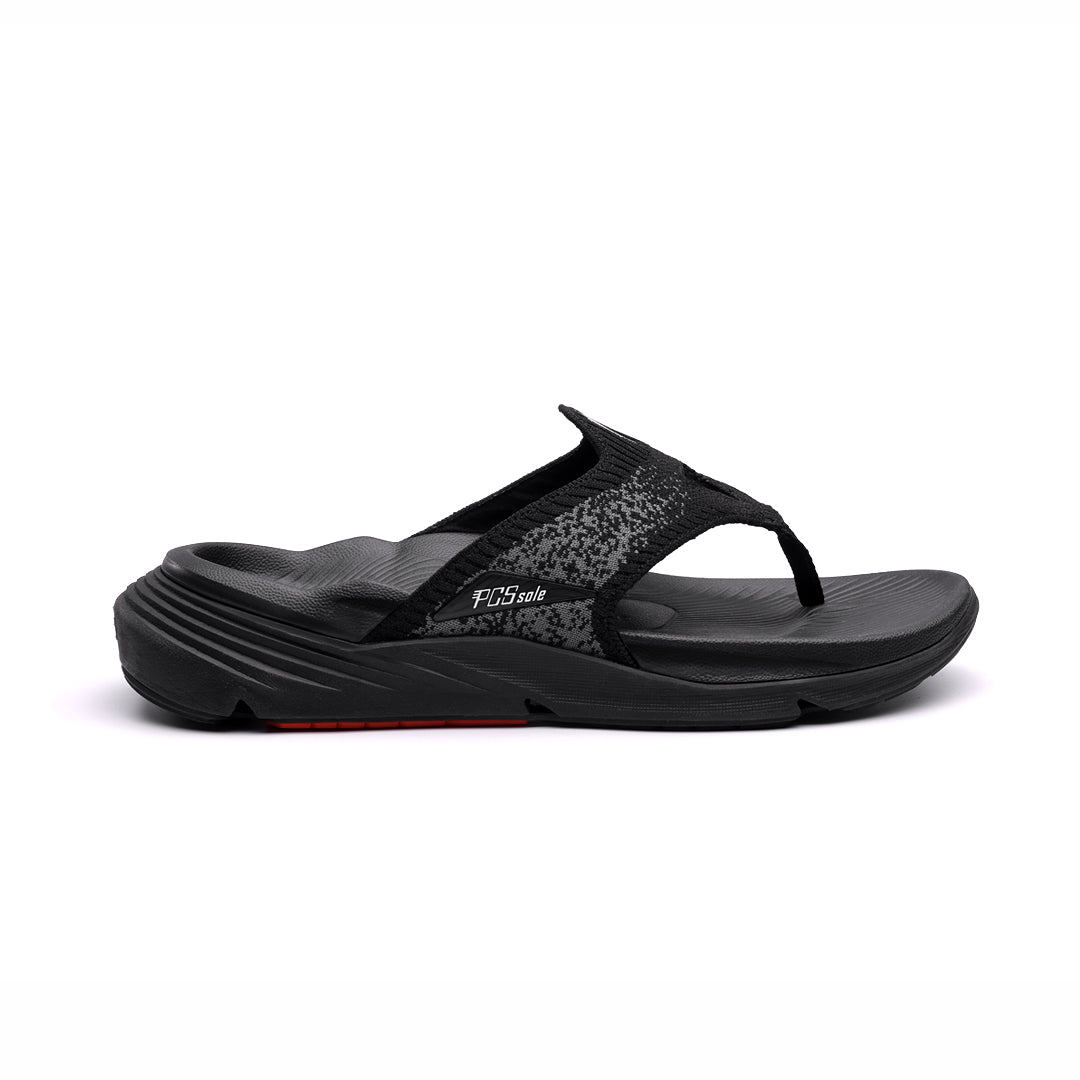

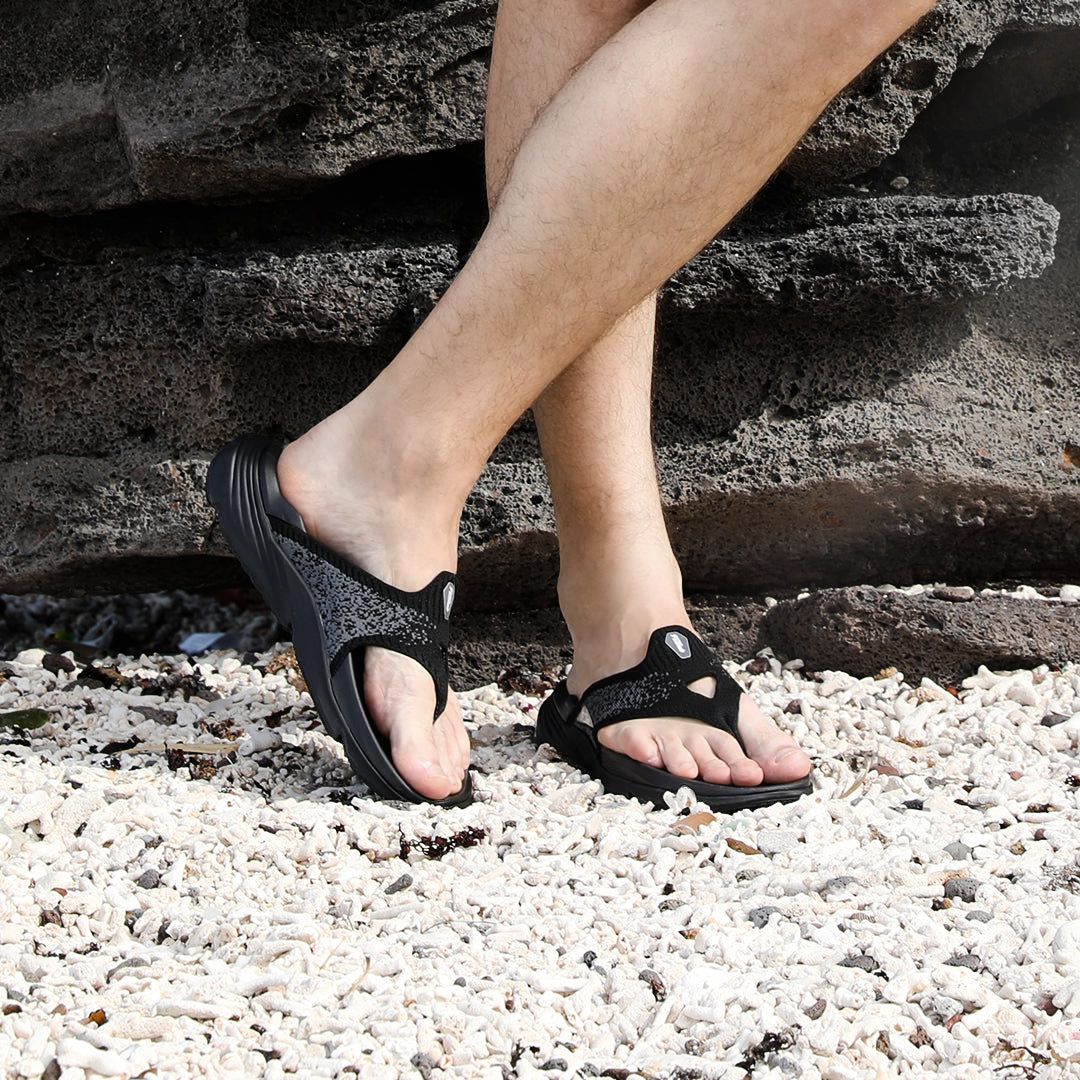
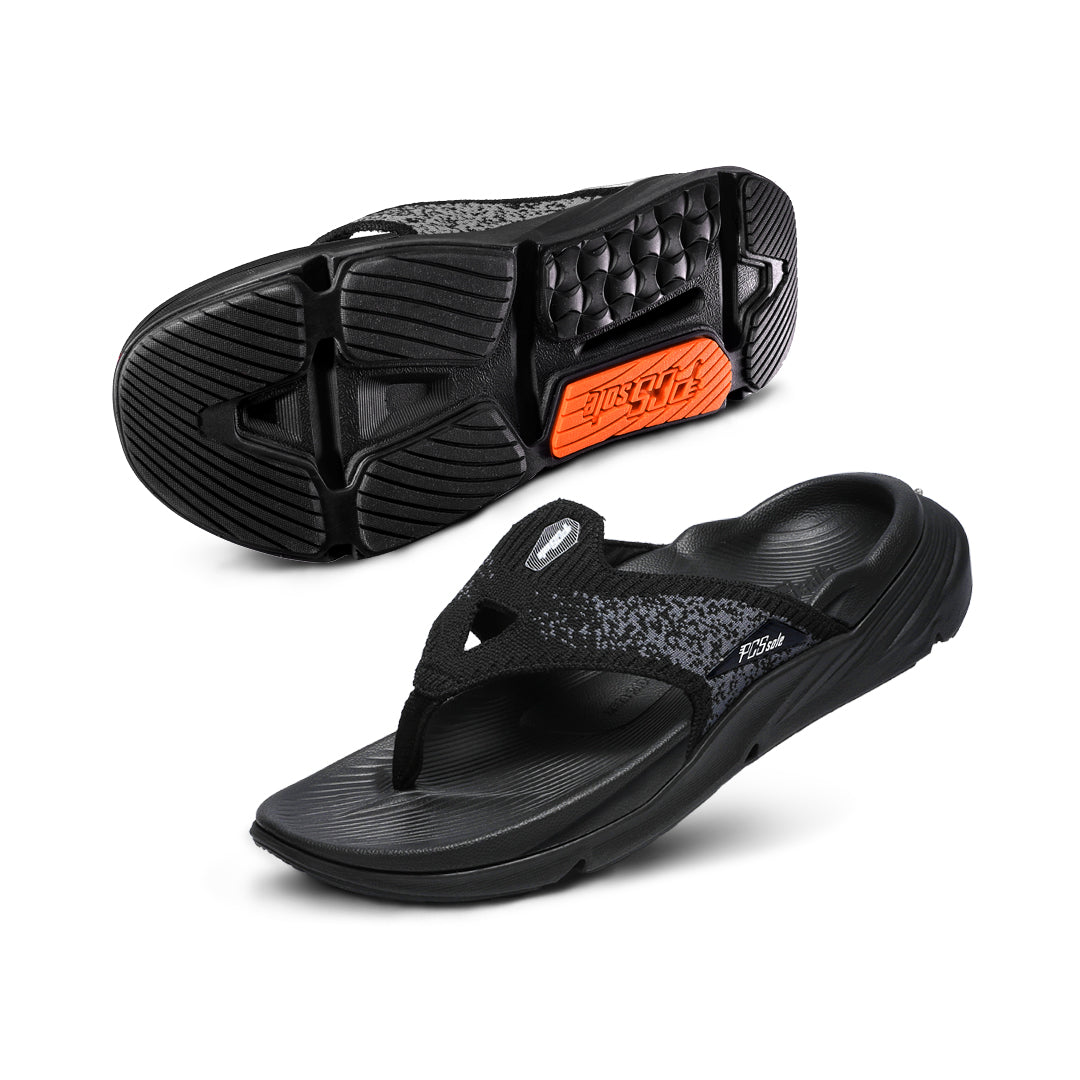
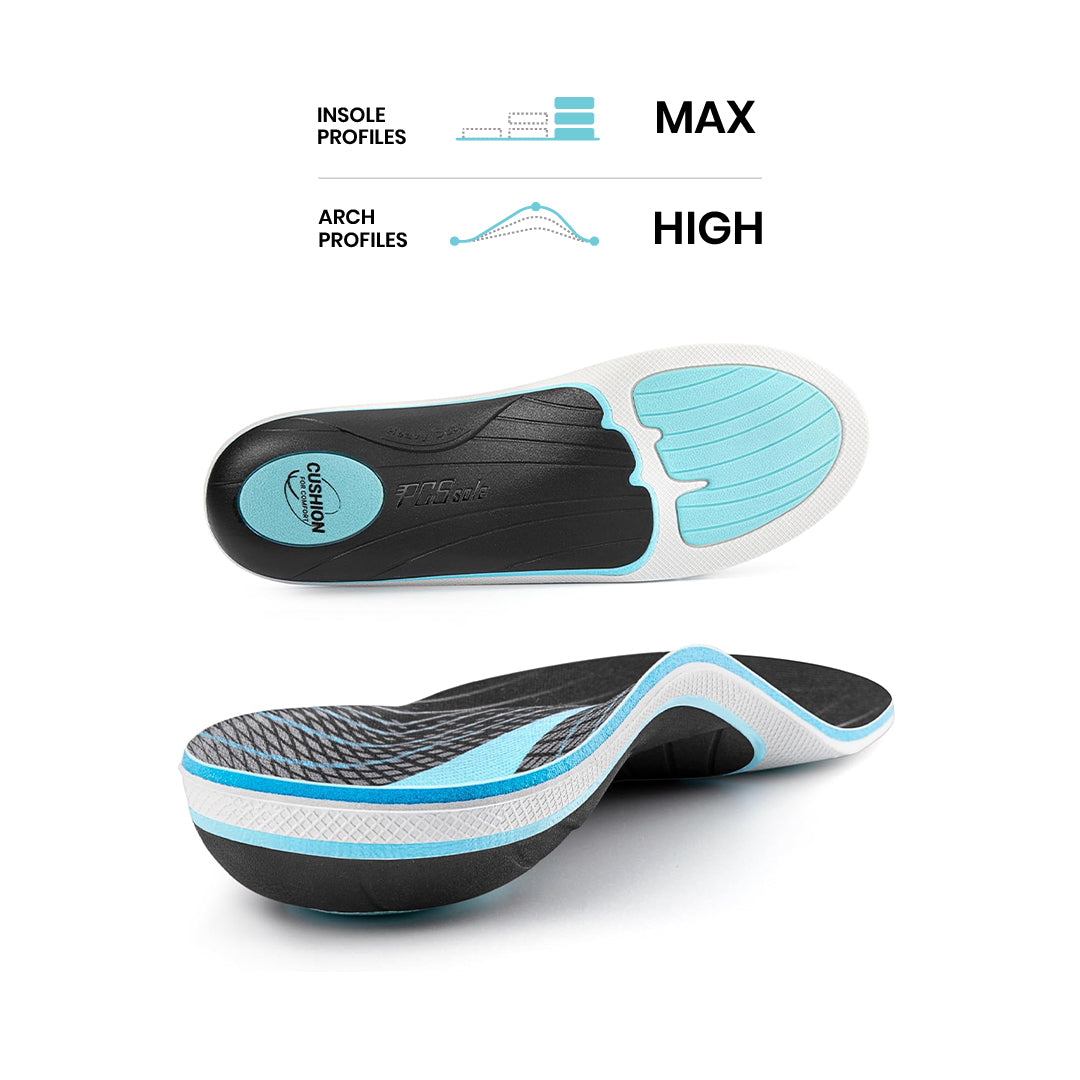
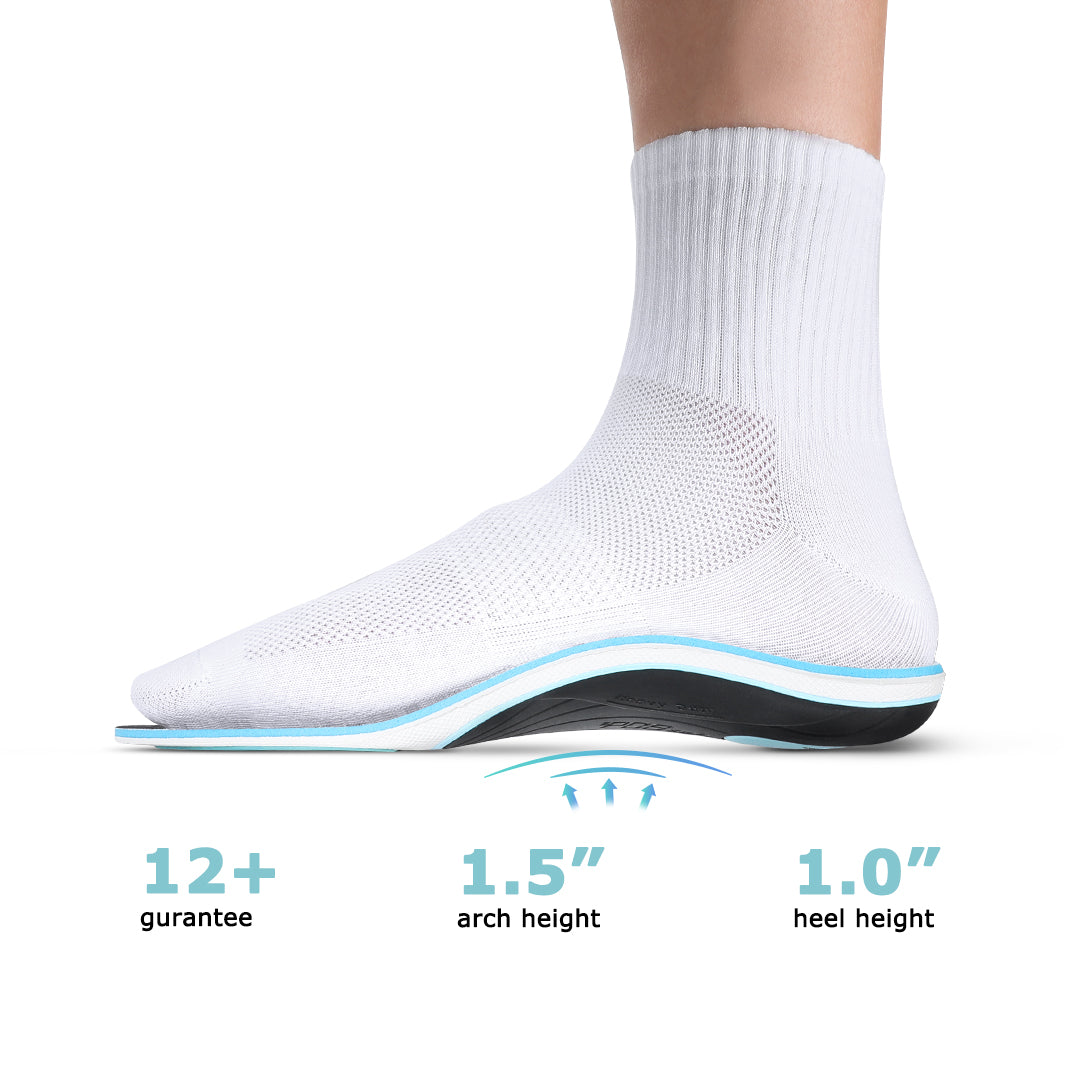
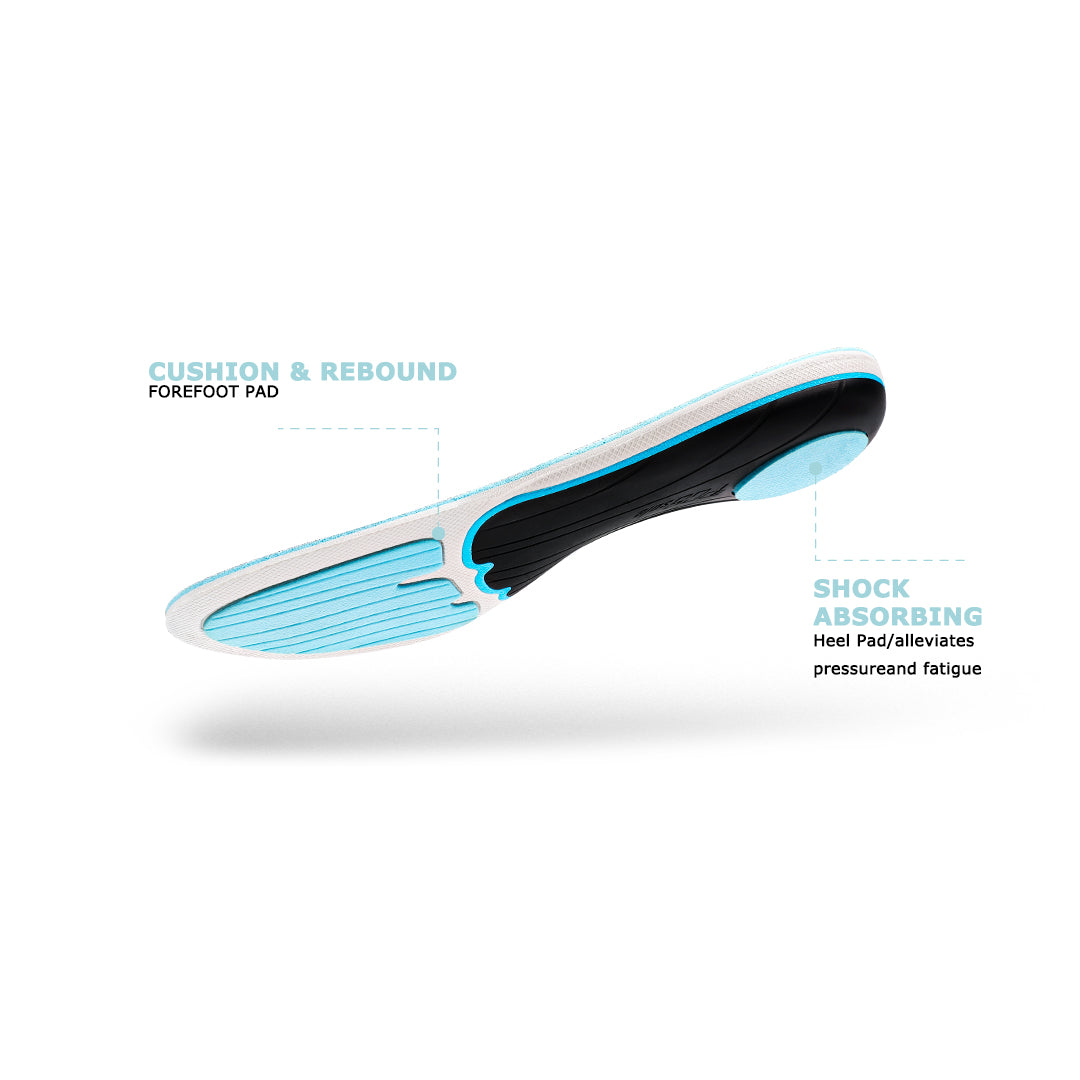
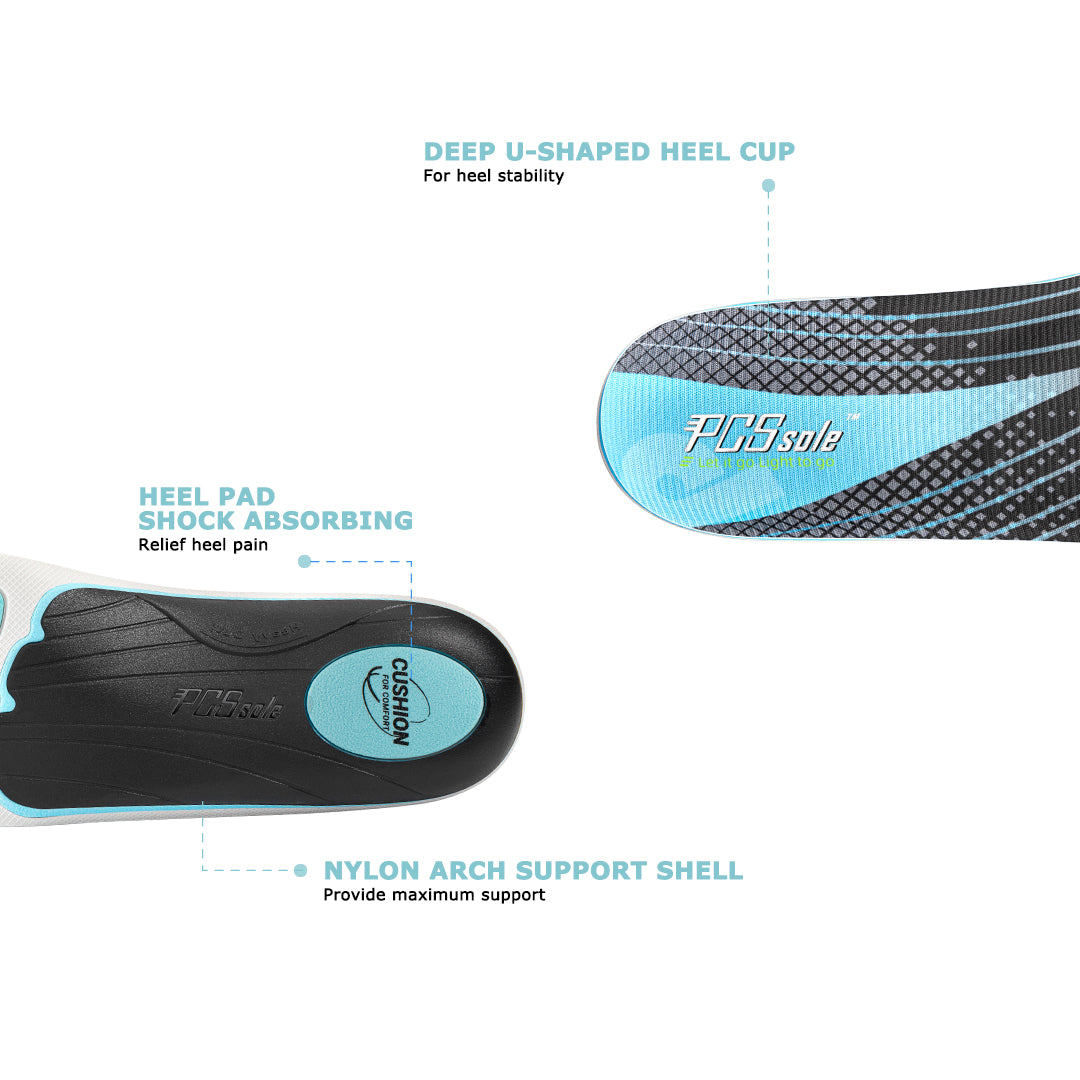
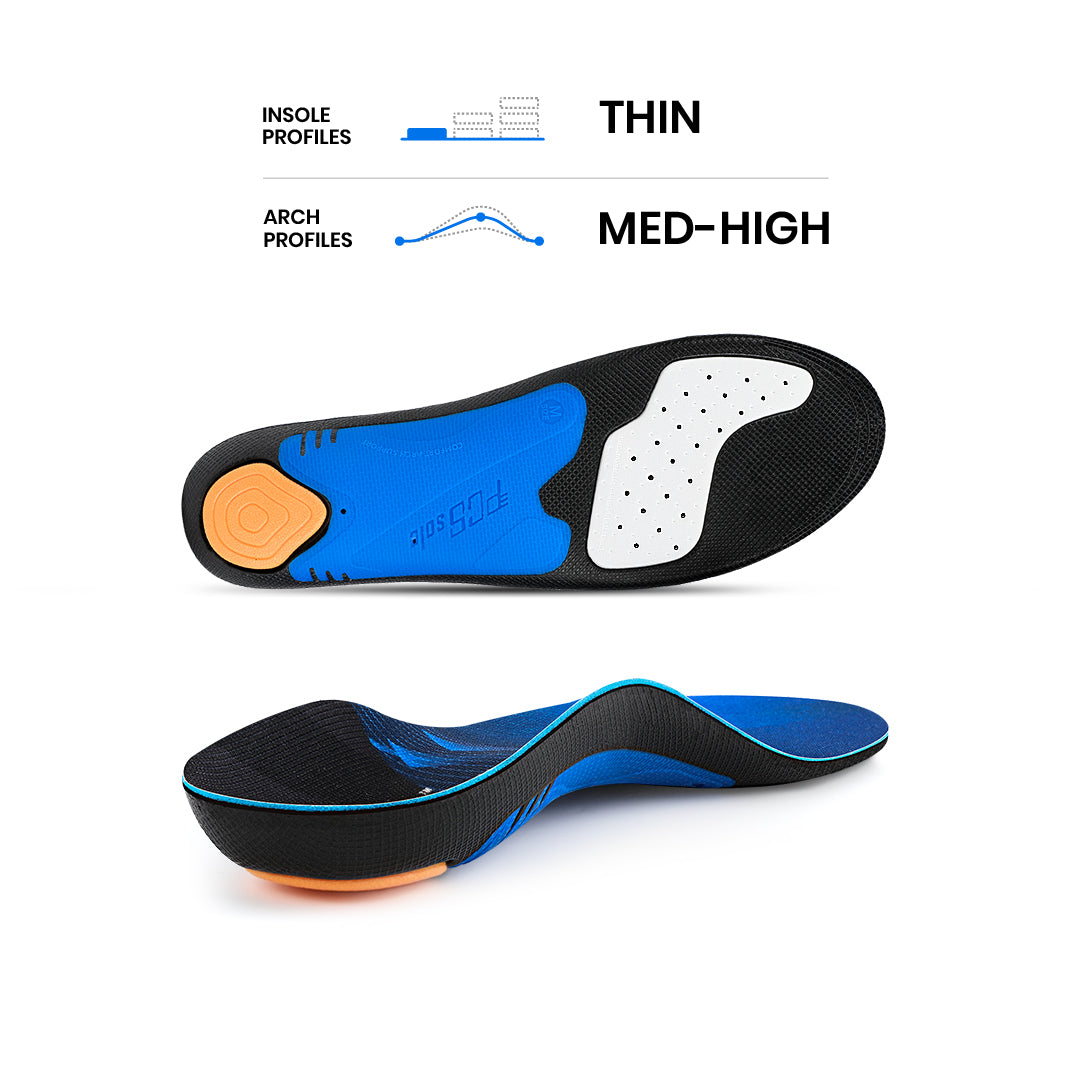
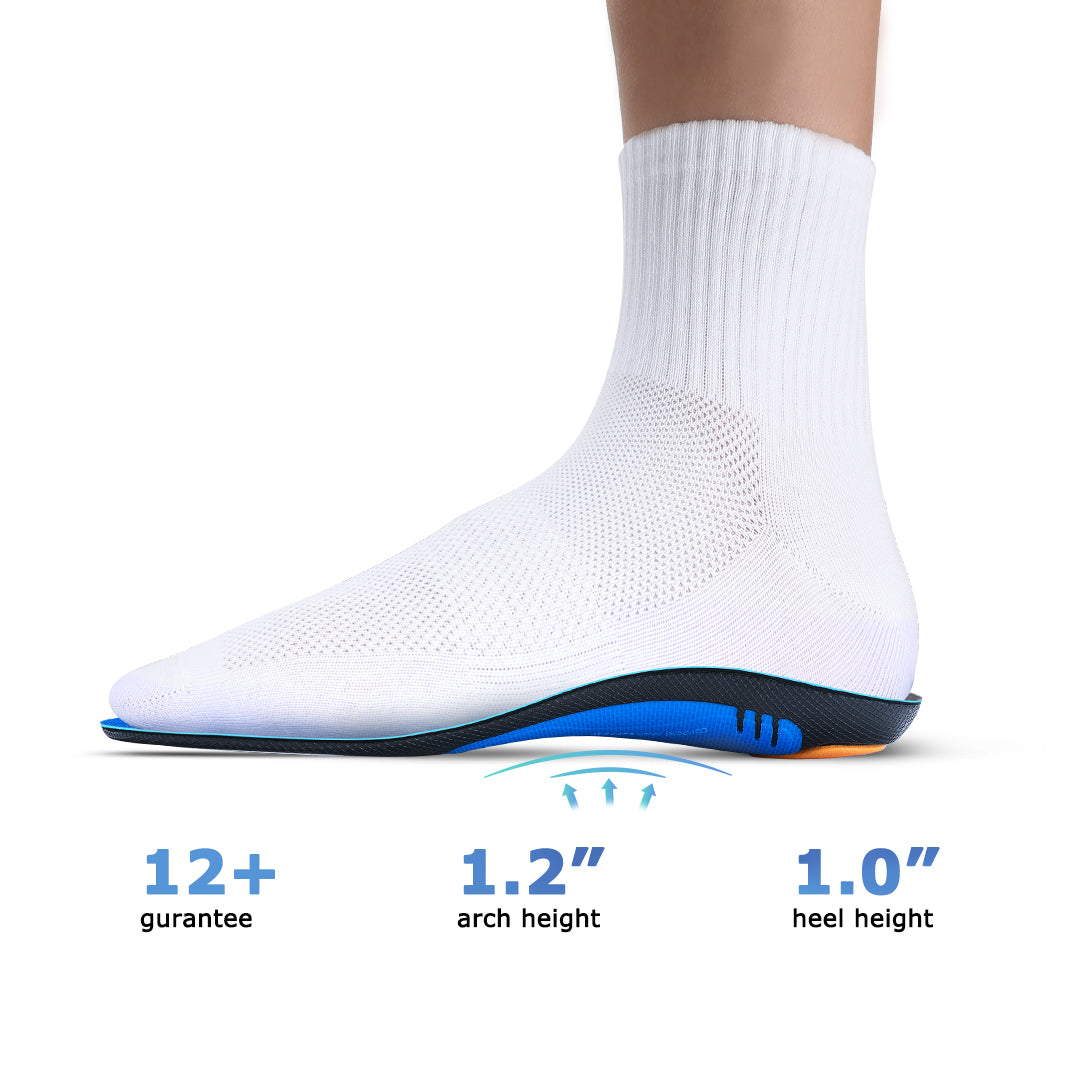
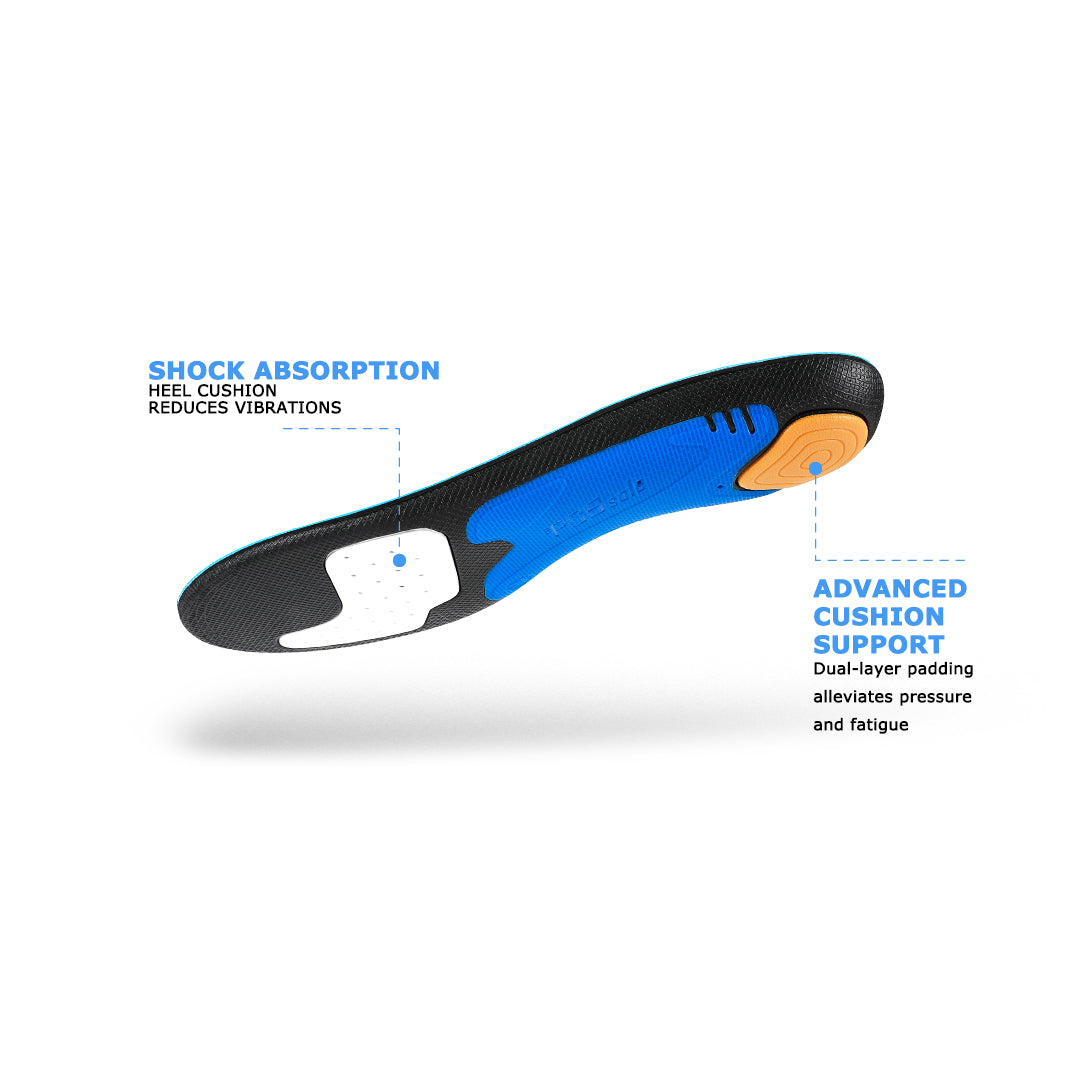
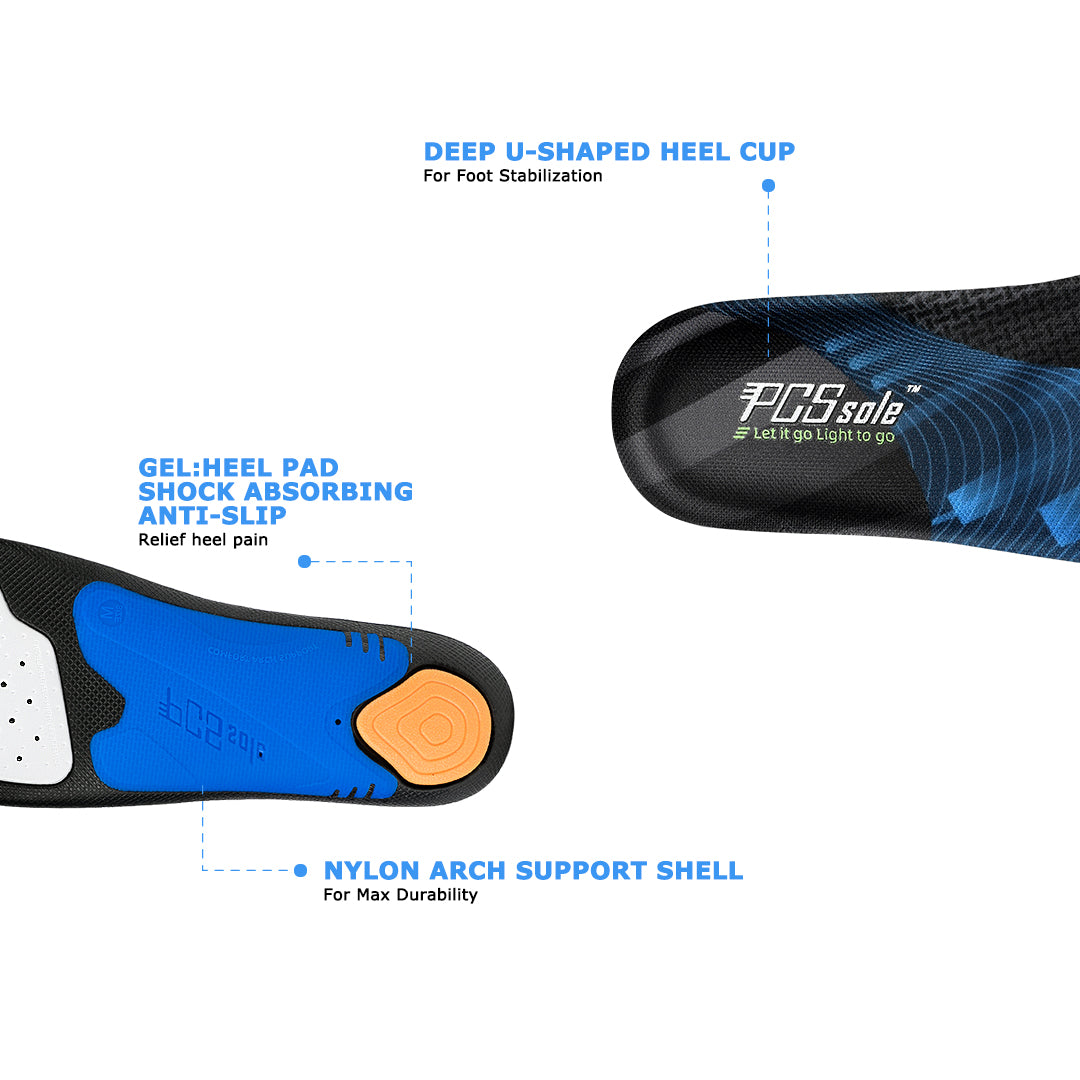
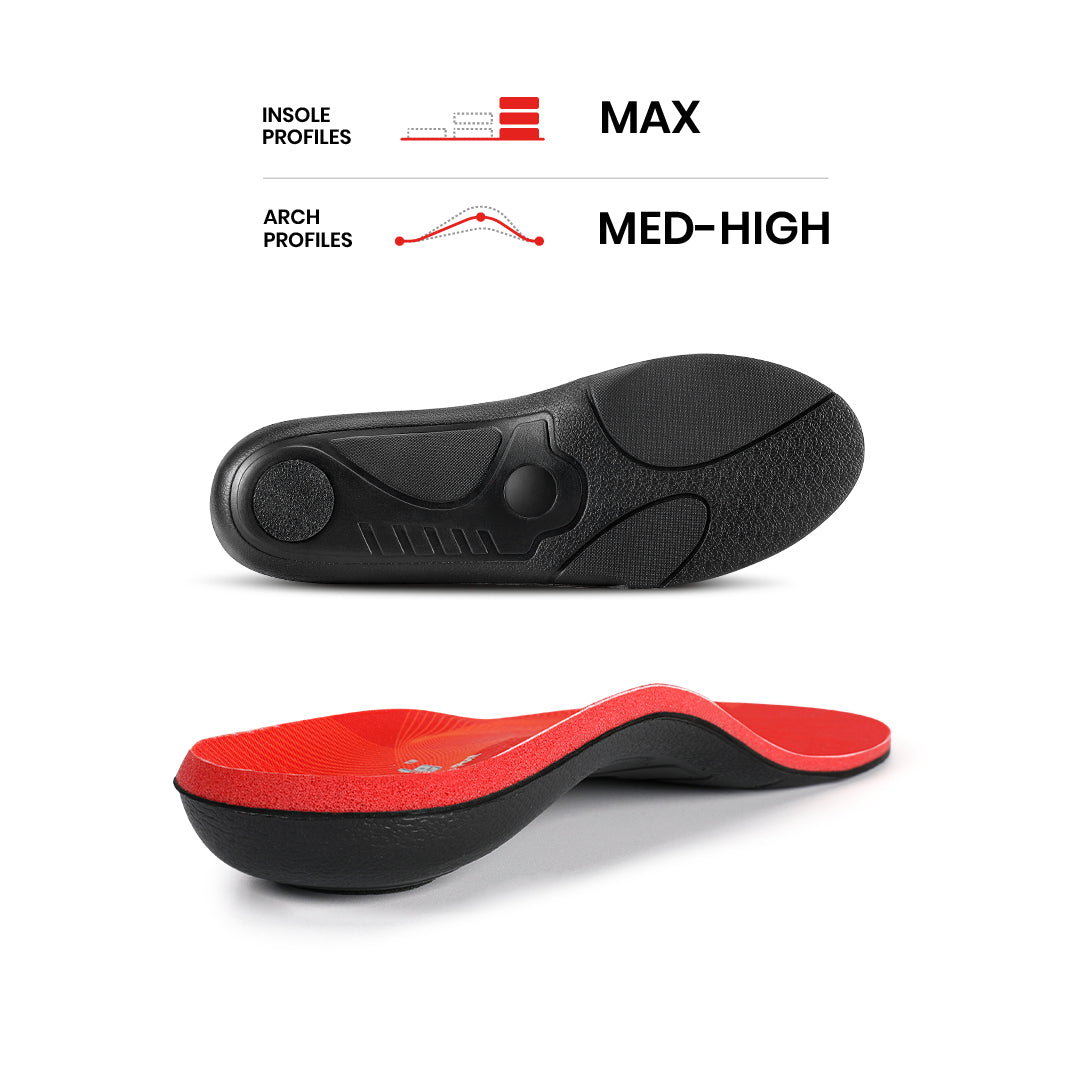
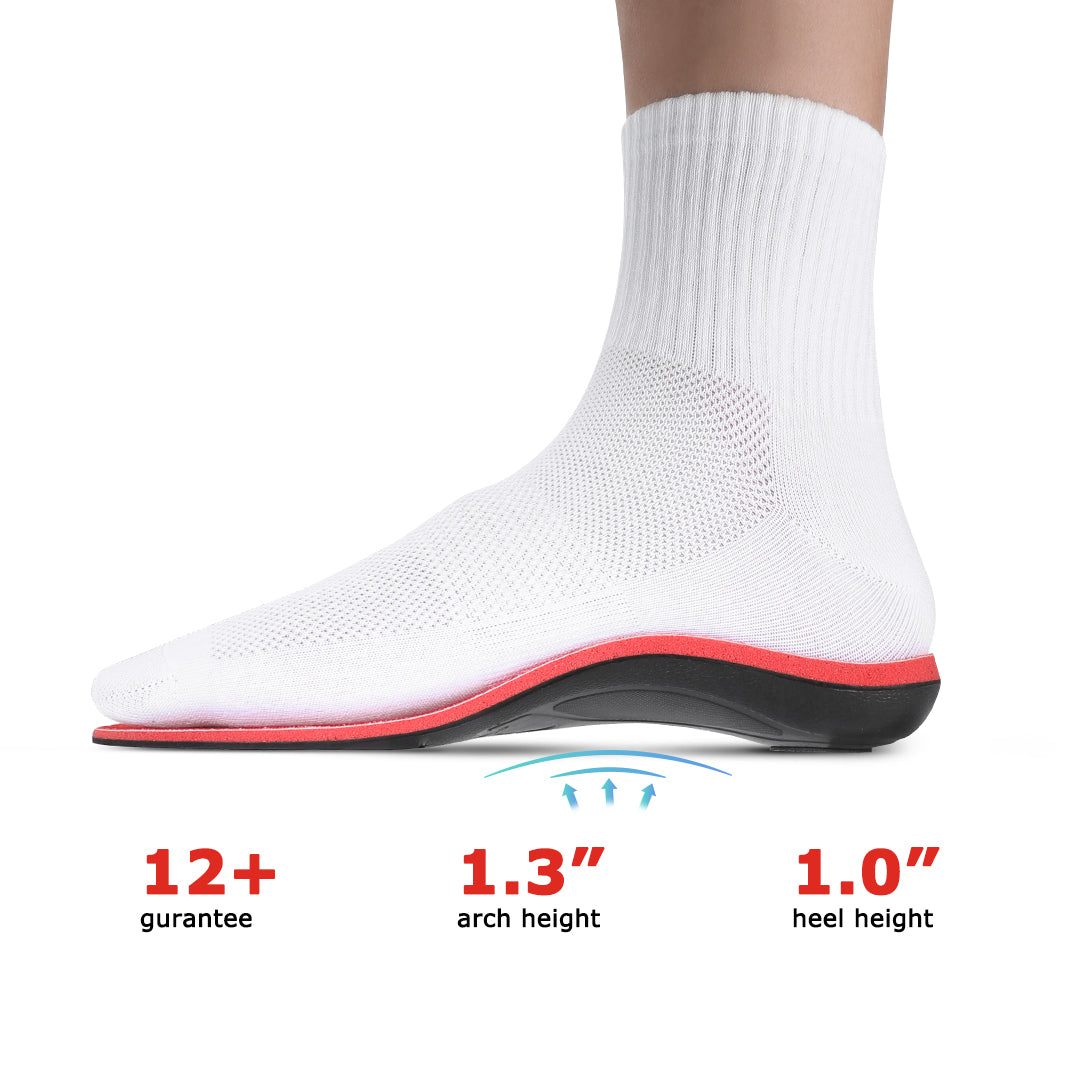
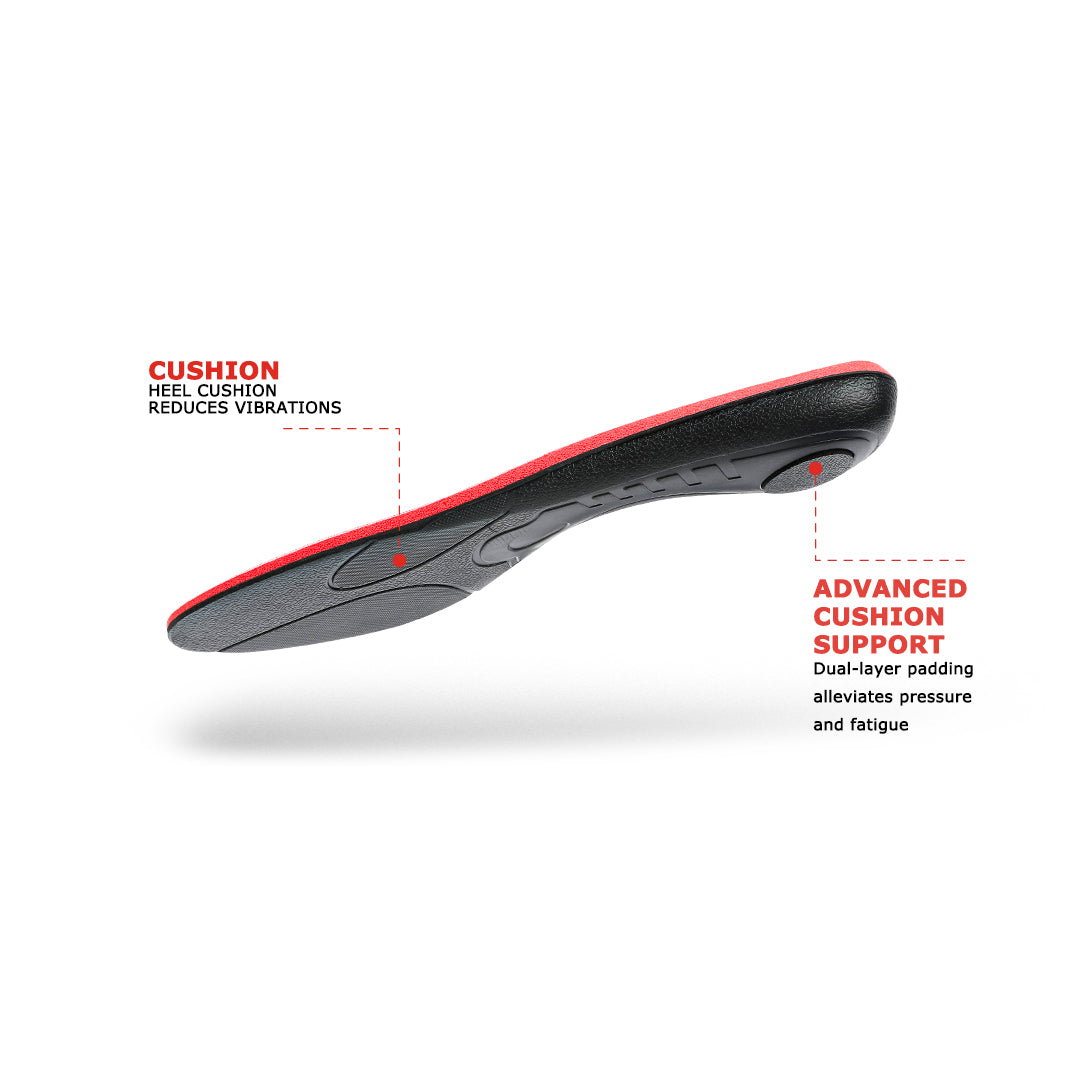
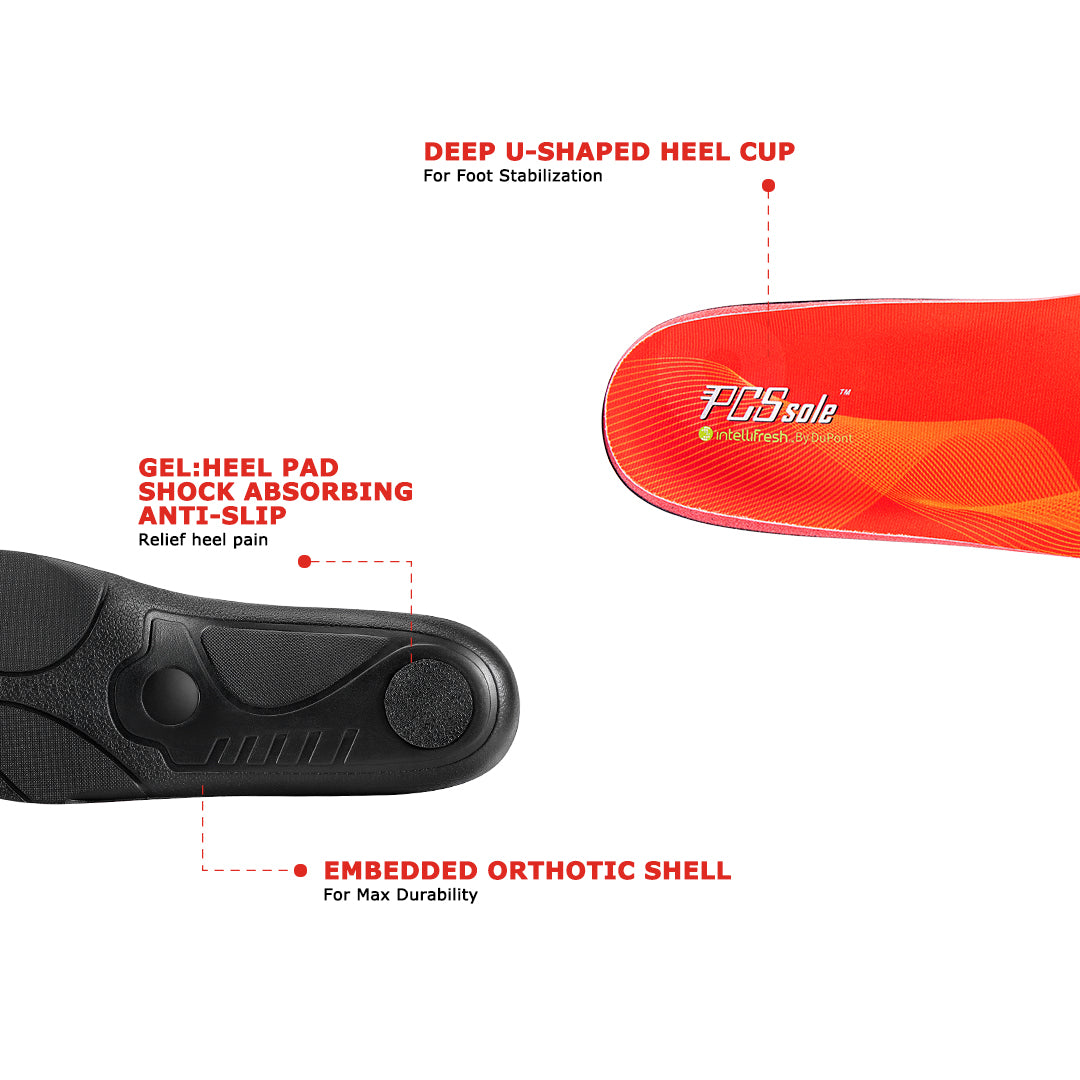
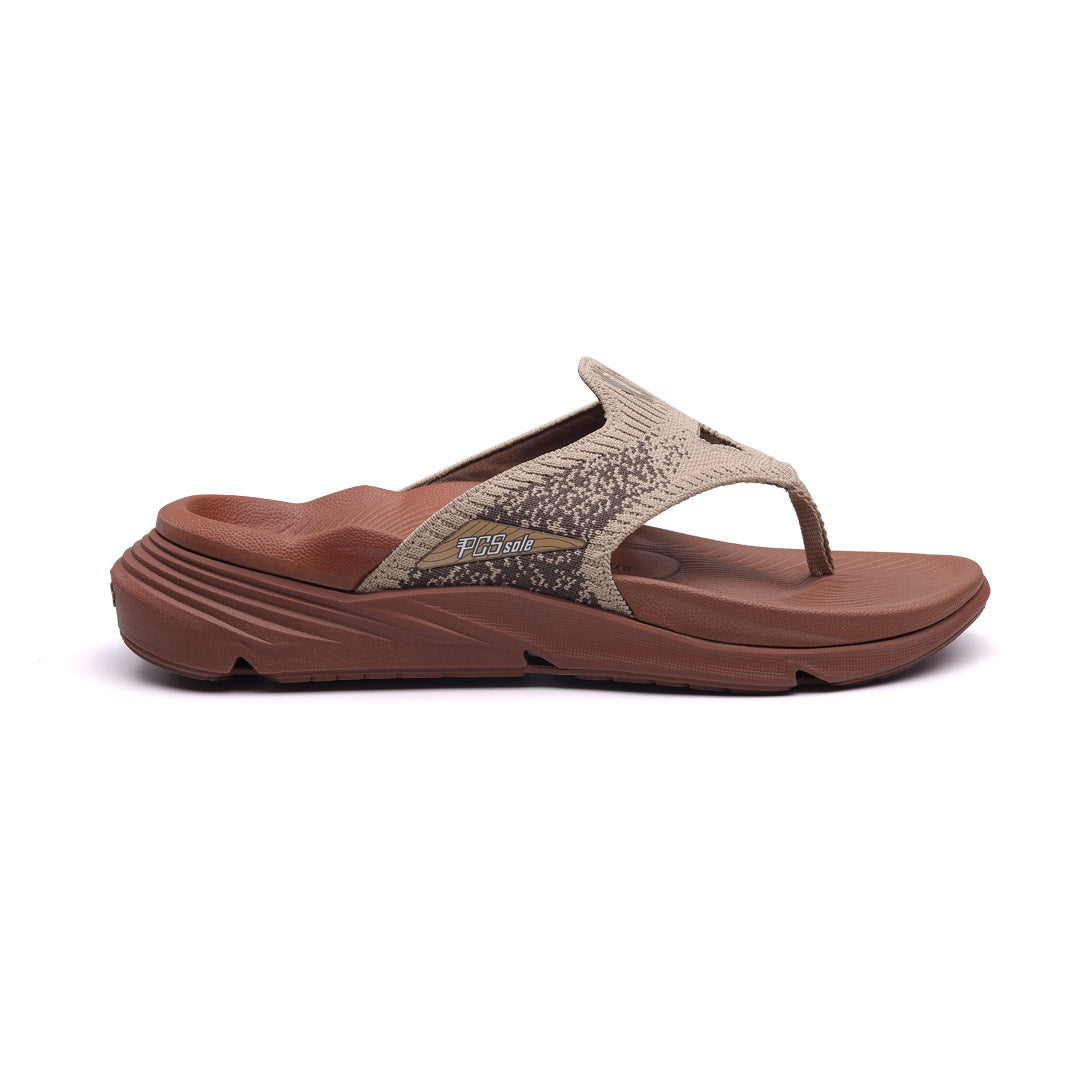


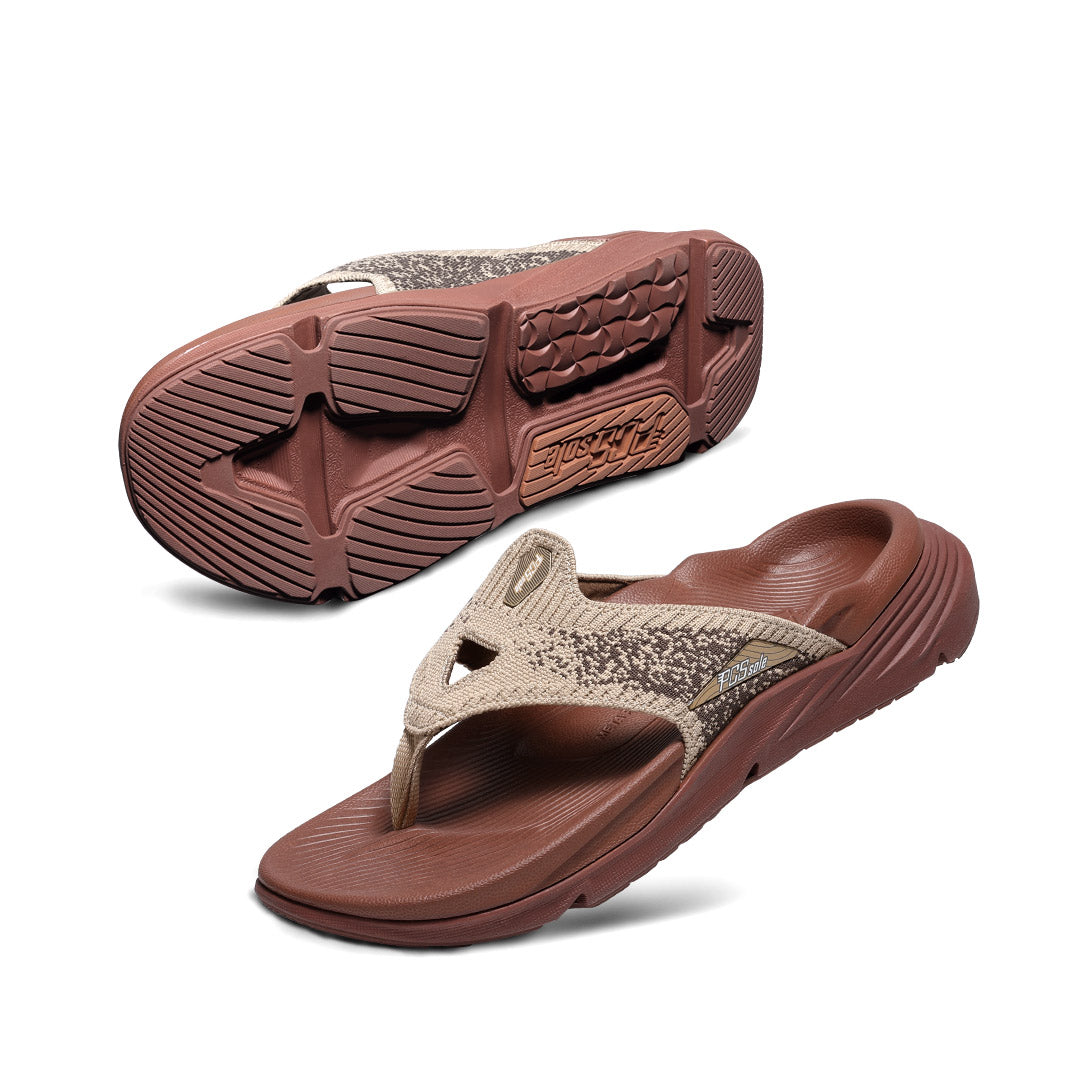
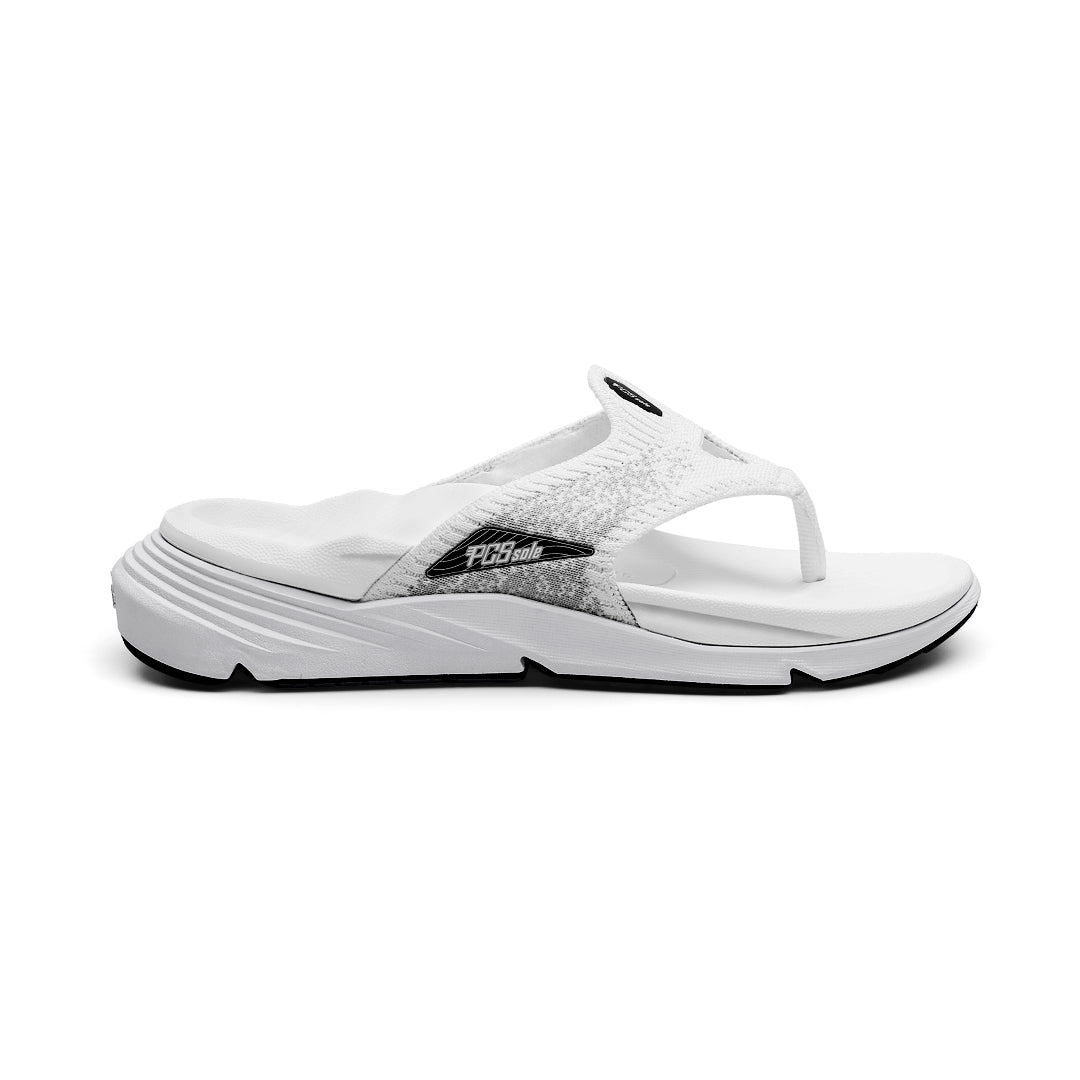

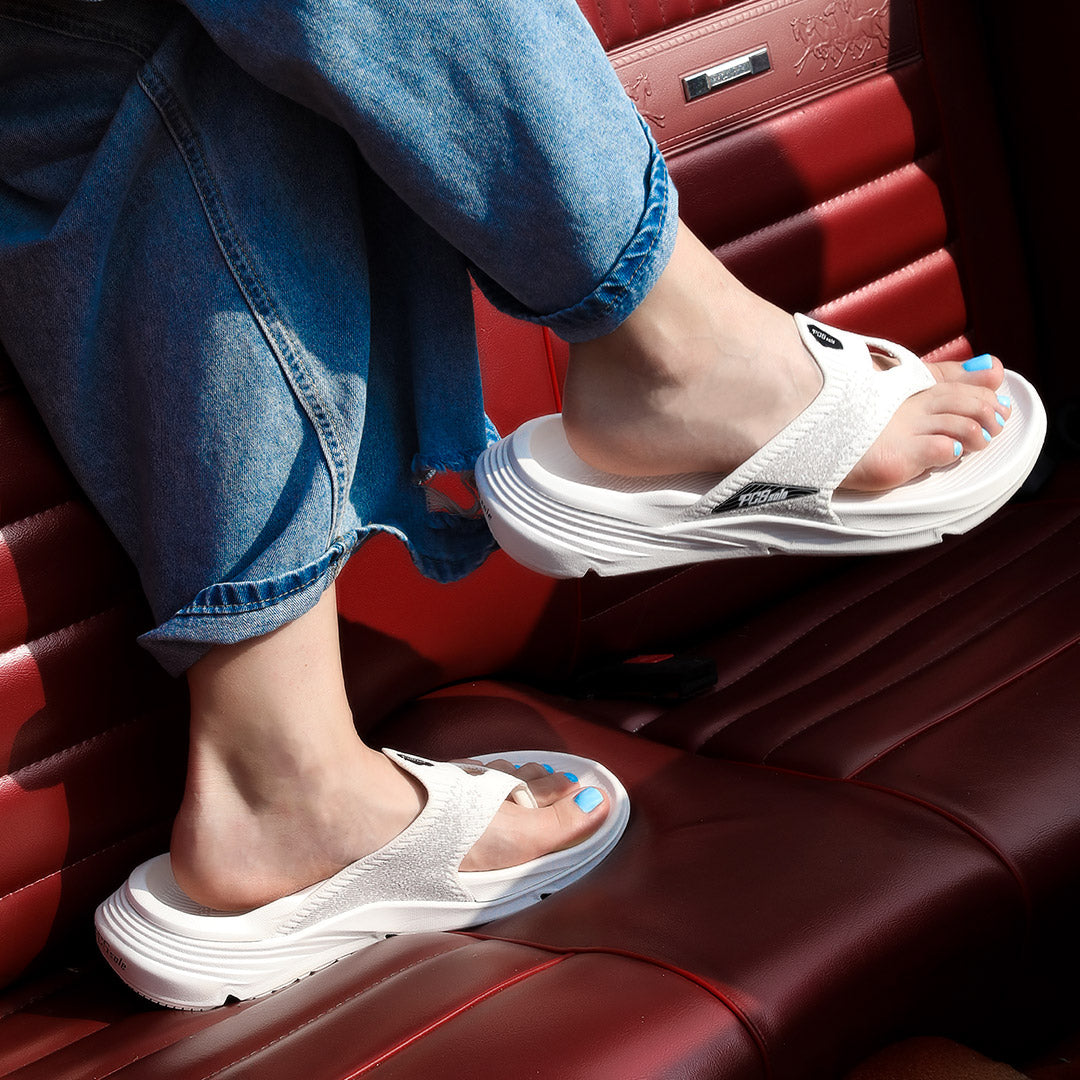
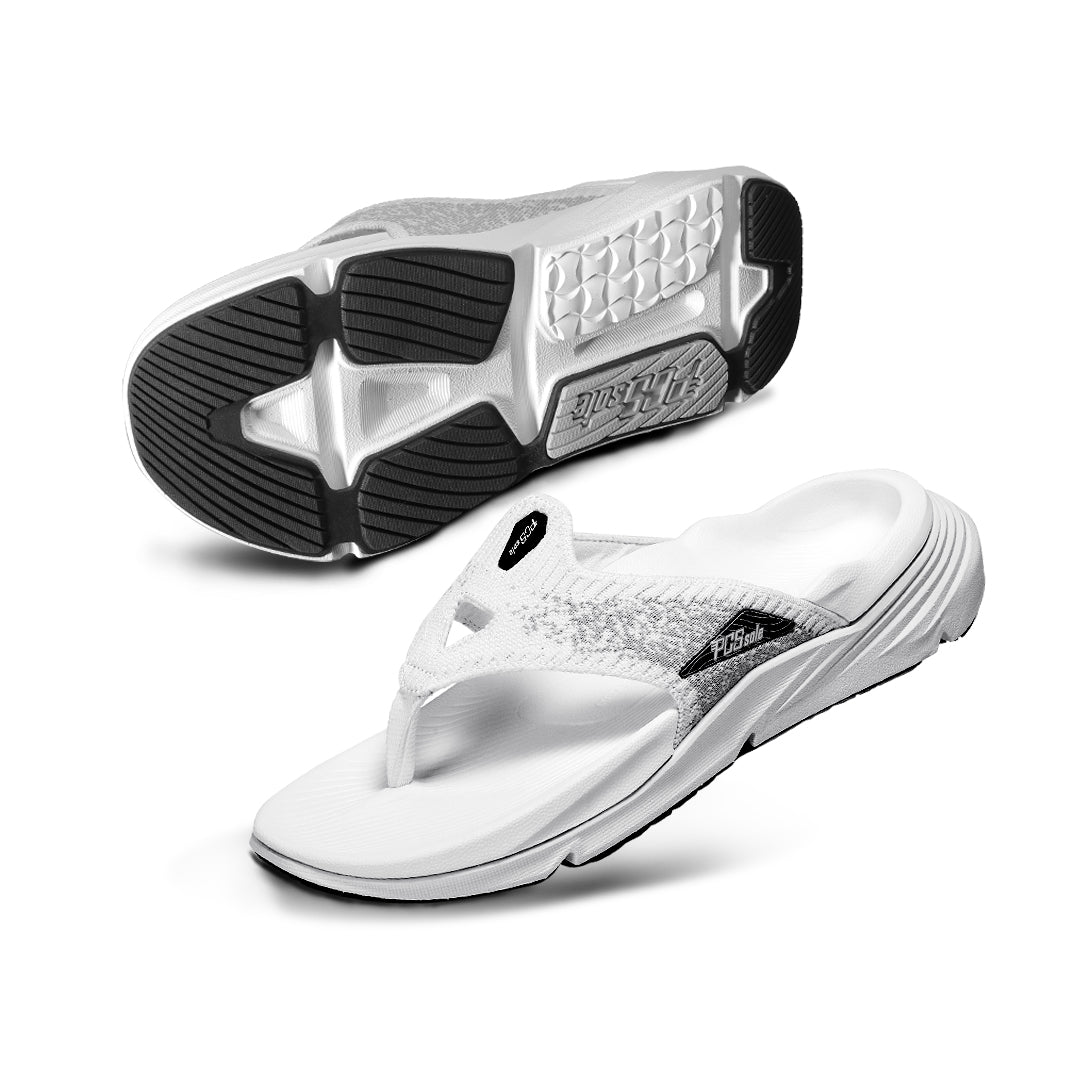
Share:
2025 Best Flip Flops: Why Did Men Start Wearing Flip Flops?
25 Warning Signs of Diabetes You Shouldn't Ignore